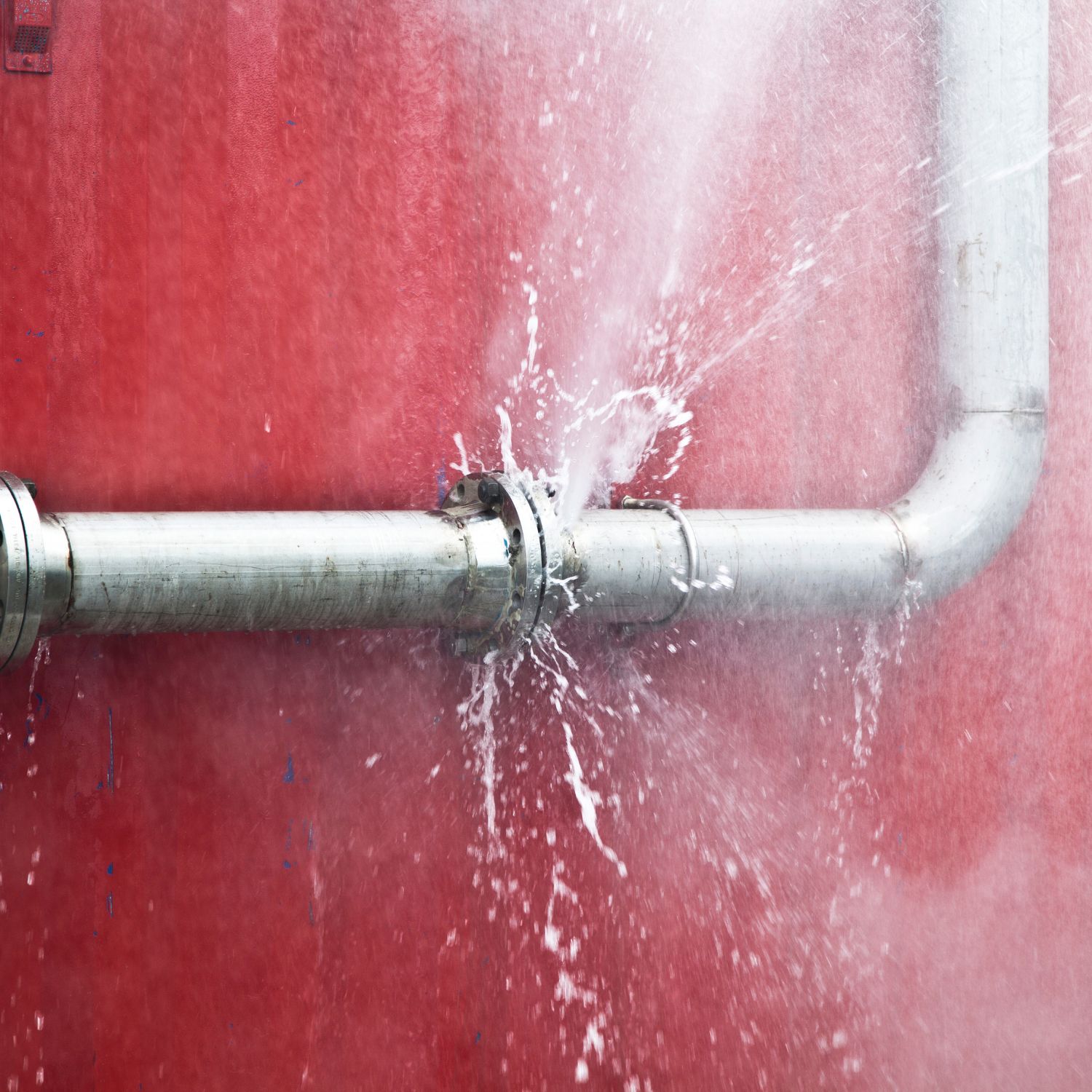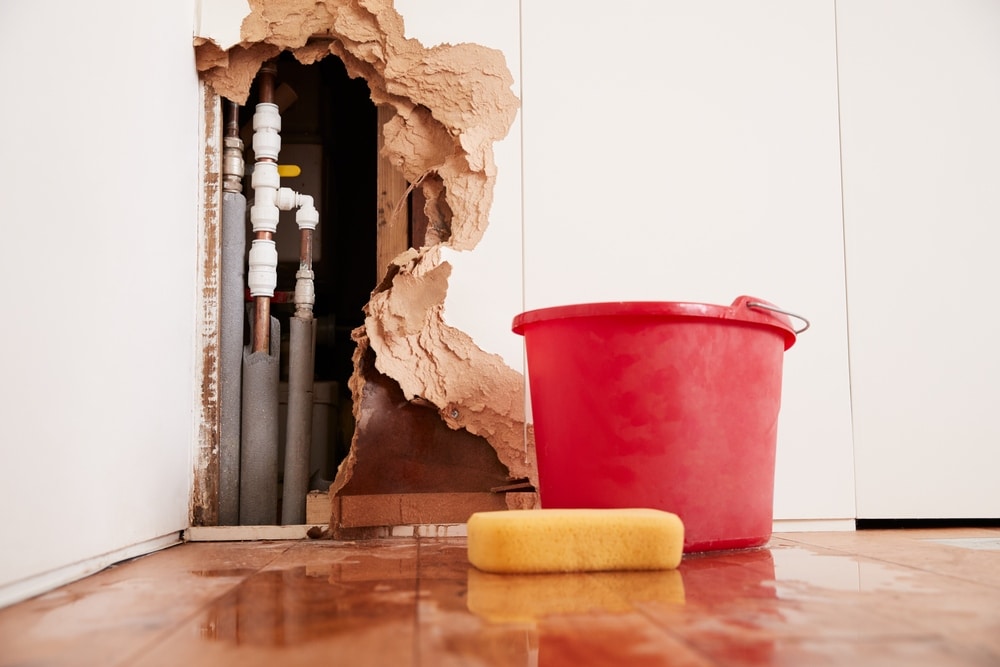Avoiding Burst Pipeline: Essential Tips to Shield Your Plumbing
Avoiding burst pipelines is an important issue for homeowners, specifically during chillier months when the threat of freezing is increased. Carrying out critical procedures such as proper insulation, routine evaluations, and preserving constant indoor temperatures can substantially decrease the probability of pipeline failure. Additionally, recognizing emergency treatments equips homeowners to react swiftly to potential plumbing concerns. However, many are unaware of the certain susceptabilities that their pipes might deal with. Checking out these susceptabilities can supply important understandings into securing your plumbing system efficiently.
Understand Pipeline Vulnerabilities
Recognizing pipeline susceptabilities is crucial for reliable plumbing maintenance and avoiding pricey damage. Numerous aspects add to the susceptibility of pipes to ruptureds, including product make-up, age, and ecological conditions. Older pipelines, especially those made from galvanized steel or polybutylene, typically break down over time, causing boosted risk of leaks and ruptures.
Temperature variations can additionally significantly effect pipe integrity. In colder climates, water entraped in pipelines can freeze, broadening and exerting pressure on the pipe walls, which may inevitably cause a burst. Furthermore, high water stress can strain pipes, particularly at joints and bends, heightening the probability of failure.

Insulate Water Lines Appropriately
Correct insulation of pipes is important for avoiding freezing and succeeding ruptureds during winter (burst pipe). Shielding your pipes system efficiently safeguards versus temperature goes down that can lead to expensive damages. Begin by determining at risk locations where pipelines are subjected to exterior temperatures, such as basements, attics, and outside wall surfaces
Usage foam pipeline insulation sleeves or wrap insulation tape around these locations to give a safety barrier. Make certain that all areas of the pipes, particularly those with limited warmth exposure, receive adequate insulation. Pay special interest to installations and joints, as these are much more vulnerable to freezing.
When insulating, it's vital to select products that meet regional structure codes and are ideal for the certain environment. As an example, fiberglass insulation is commonly recommended for its thermal resistance properties - burst pipe. In addition, consider using warm wires or tape in severe problems, which can be plugged in to supply supplemental warmth
Routinely evaluate protected pipes for any kind of indicators of wear or damage, as endangered insulation can decrease its effectiveness. By taking these proactive steps, you significantly lower the threat of pipeline bursts, making certain a reputable pipes system throughout the cold weather.
Maintain Constant Temperature Level
A stable indoor temperature is important for preventing burst pipelines during the icy months. When temperature levels decline, water within pipelines can ice up, broadening and creating pressure that may ultimately cause the pipes to ruptured. To minimize this danger, house owners ought to preserve a consistent temperature throughout their home, ideally no less than 55 ° F(13 ° C)Utilizing a programmable thermostat can assist take care of interior temperatures effectively, making certain that rooms with plumbing stay cozy even when the home is vacant. Pay special focus to locations that are much more susceptible to cool, such as basements, garages, and attic rooms. Maintaining cabinet doors open under sinks can likewise allow warmer air from the home to circulate around plumbing.
This minor flow of water can stop freezing by minimizing stress within the pipes. By carrying out these methods, homeowners can substantially reduce the danger of pipeline bursts and guard their plumbing systems versus the extreme winter season aspects.
On A Regular Basis Evaluate Plumbing
Regular assessments of plumbing systems are important for stopping ruptured pipelines and preserving total home stability. During these inspections, it is vital to analyze visible pipelines for signs of corrosion, leakages, or use.
Additionally, inspecting connections and joints is essential, as these points are frequently susceptible to leakages. Property owners need to likewise assess water pressure degrees, as too much see here now pressure can strain the plumbing system and increase the danger of pipeline bursts.
Take into consideration organizing specialist pipes evaluations at the very least once a year, why not try here specifically before winter months, to guarantee your system is prepared for colder temperatures. By being aggressive in your technique, you can safeguard your home versus the disruptive and pricey effects of burst pipes.
Know Emergency Treatments
Understanding emergency situation procedures is essential for every home owner, particularly after carrying out normal pipes evaluations. Being planned for a plumbing emergency can substantially mitigate damages and save costs. Locate your major water shut-off shutoff; it is typically found near the water meter or where the main line enters your home. Familiarize yourself with its procedure, as shutting down the water supply quickly can stop considerable flooding.
Following, maintain necessary tools handy. A pipes emergency situation kit ought to consist of a wrench, plunger, and towels, along with a flashlight and a bucket for small leakages. Additionally, take into consideration having the contact information for a trusted plumbing professional readily offered, must the circumstance escalate past your control.
If you find a leakage or burst pipeline, instantly switch off the water system and notify your plumber. Furthermore, record the damage with photos for insurance policy objectives. burst pipe. Know the indications of possible pipes concerns, such as unusual water pressure variations or damp places on walls
Eventually, aggressive knowledge and swift action are vital in taking care of plumbing emergencies, guaranteeing your home continues to be secured and reducing potential damage.

Verdict
Finally, avoiding ruptured pipes requires a multifaceted approach that consists of understanding pipe vulnerabilities, correct insulation, keeping constant indoor temperatures, routine inspections, and understanding of emergency treatments. By applying these necessary techniques, the danger of pipes failures can be substantially decreased, consequently making sure the longevity and performance of the plumbing system. Aggressive actions not just protect versus check this site out possible damage but additionally contribute to total water conservation and the protection of home.
In cooler climates, water caught in pipes can freeze, increasing and applying stress on the pipe walls, which may eventually lead to a ruptured. When temperature levels decline, water within pipes can freeze, increasing and developing pressure that might ultimately create the pipes to ruptured. By carrying out these approaches, home owners can dramatically reduce the threat of pipe bursts and protect their pipes systems versus the severe winter season aspects.
